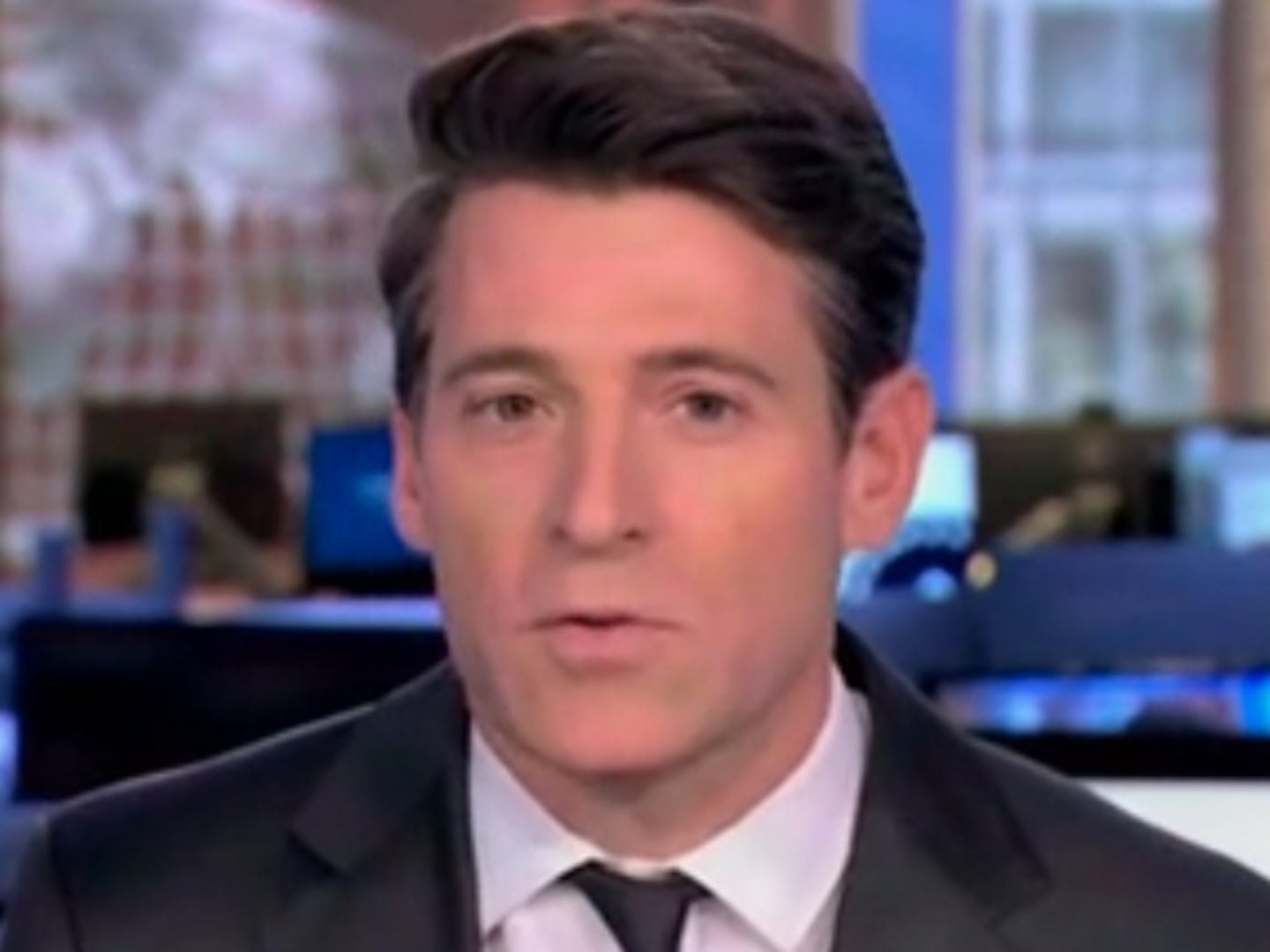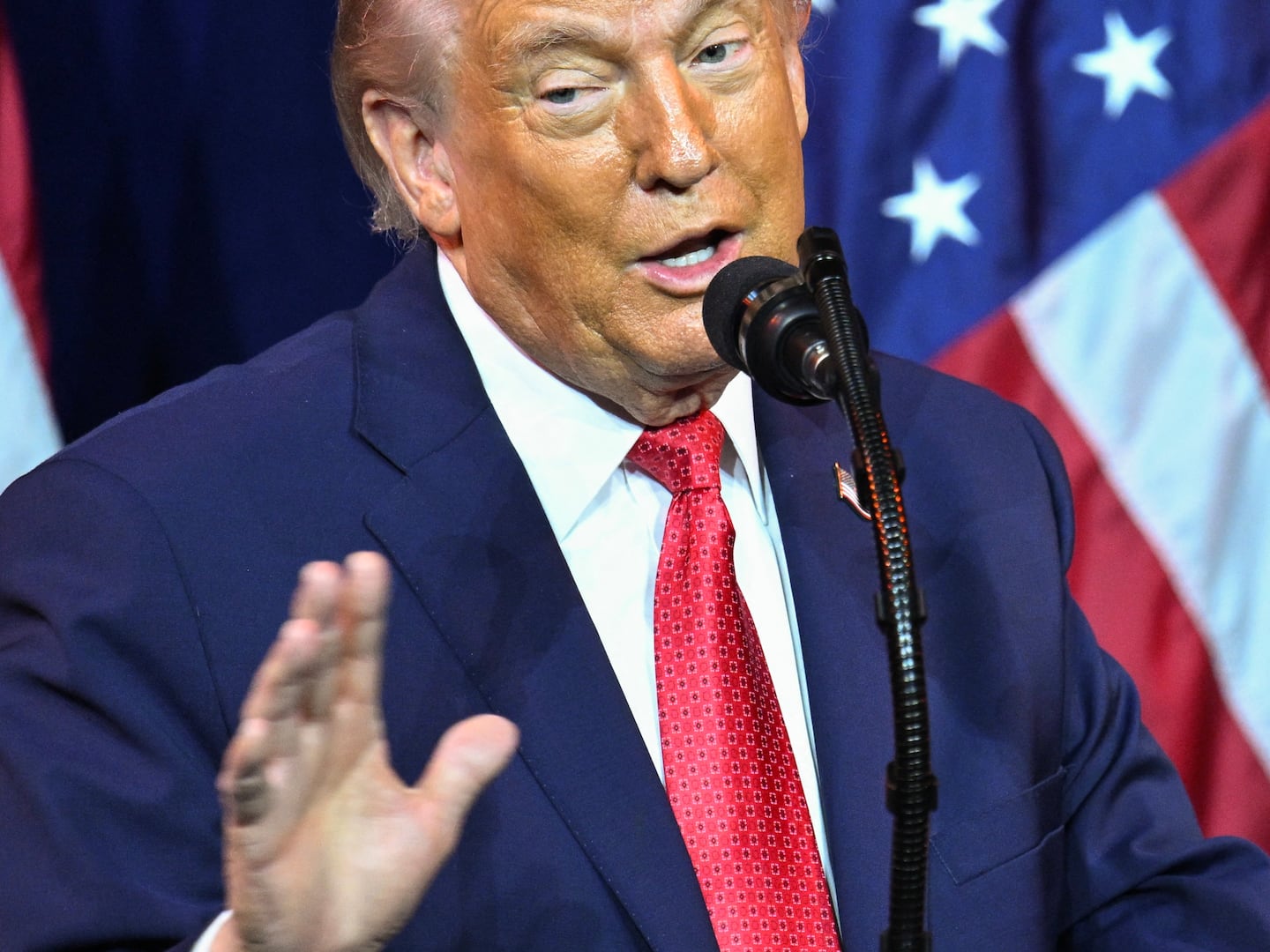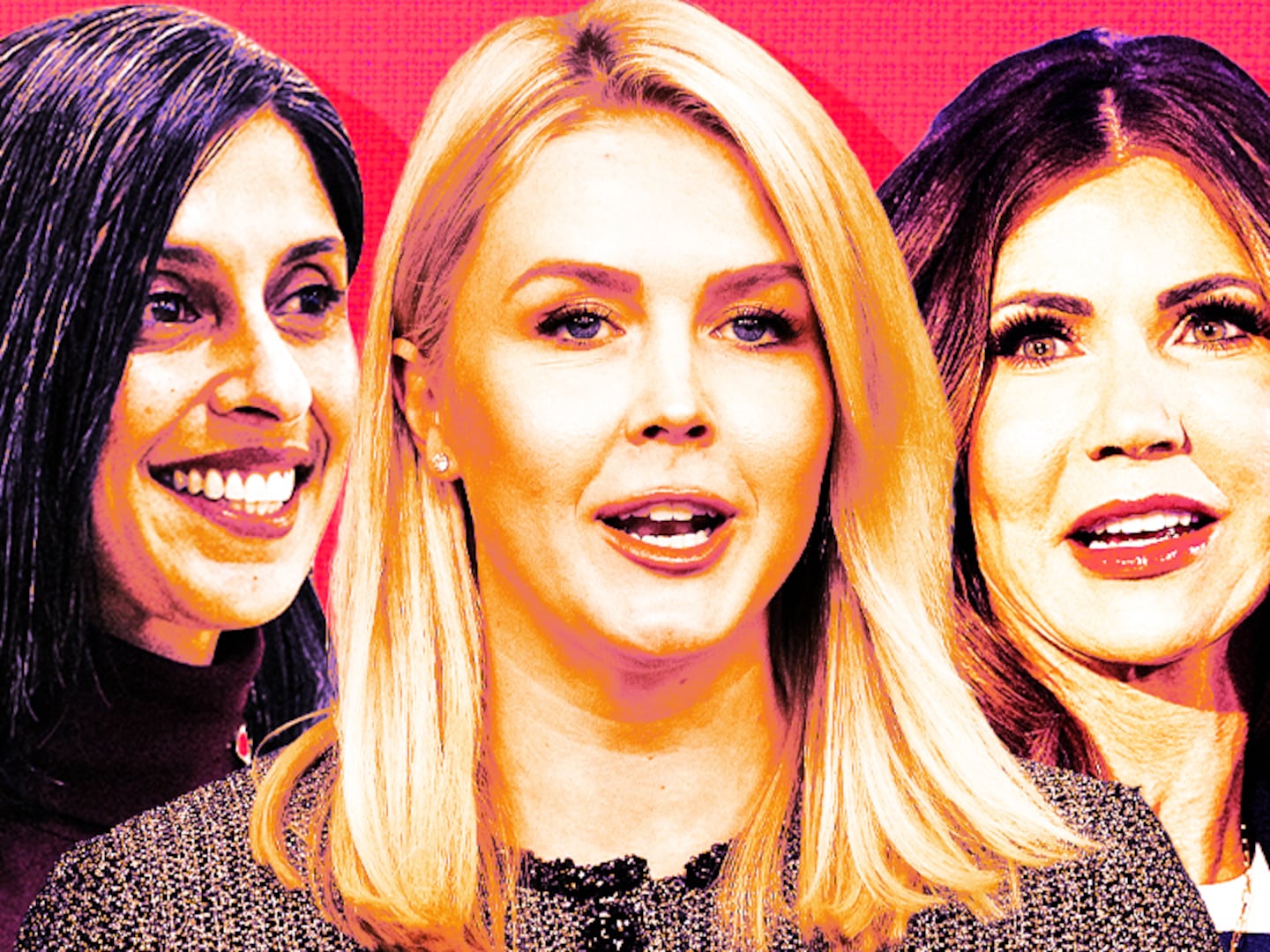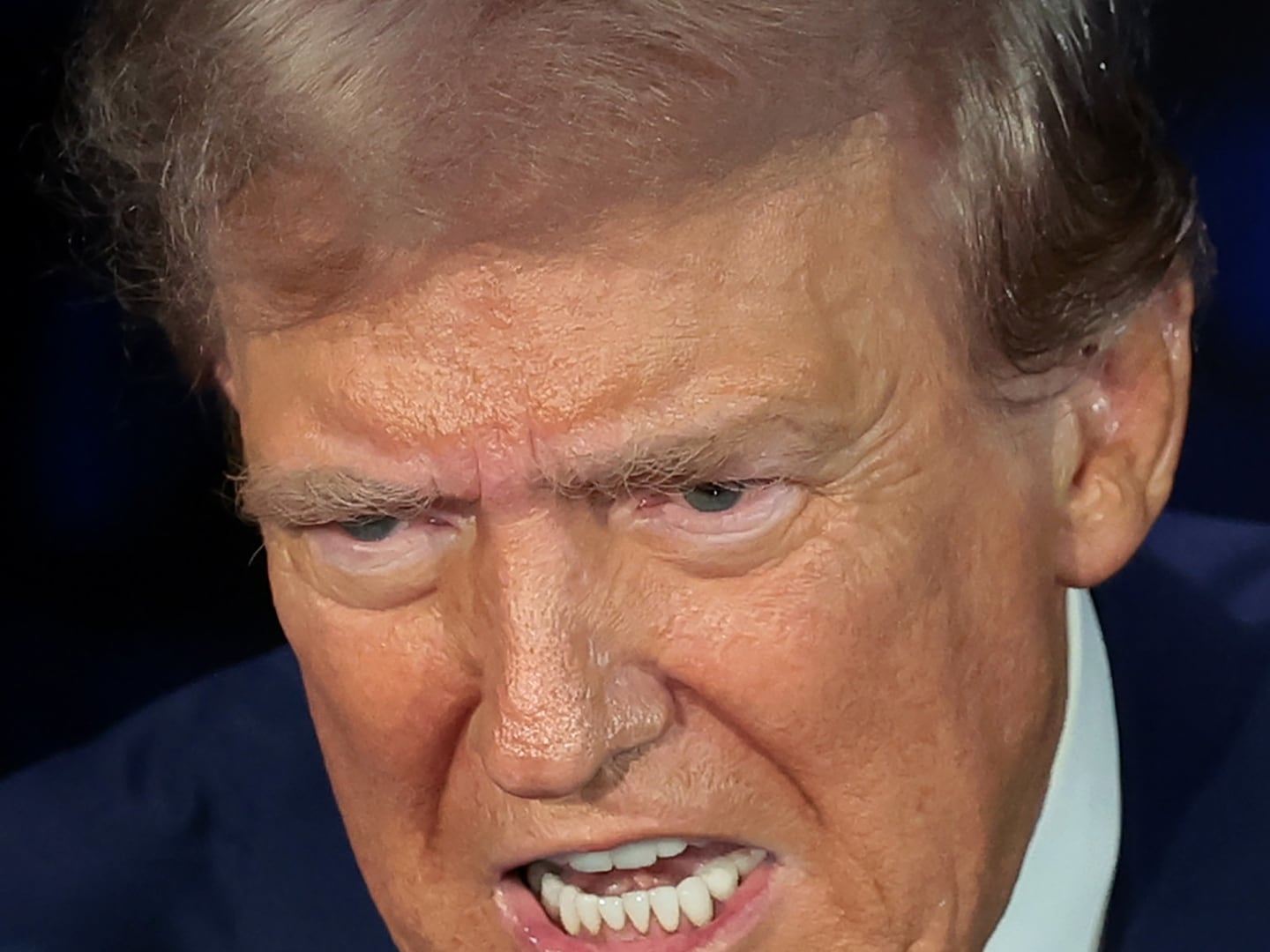Ken Burns is America’s premier storyteller and historical “remembrancer.” His 26 documentary television series for PBS—including Brooklyn Bridge (1981), The Statue of Liberty (1985), The Civil War (1990), Baseball (1994), The West (1996), Lewis & Clark (1997), Not for Ourselves Alone: The Story of Elizabeth Cady Stanton and Susan B. Anthony (1999), Jazz (2001), The War (2007), The National Parks (2009), Prohibition (2011), The Dust Bowl (2012), and The Central Park Five (2013)—have more powerfully shaped our public memory and imagination than the collected works of any living historian. Indeed, the 61-year old filmmaker has himself become something of an iconic figure in American public history.
So let me clear about it: I marvel at Ken Burns’ work. He and his team—most centrally, biographer and historian Geoffrey C. Ward—have been not just prolific, but also truly masterful in their labors. How the hell do they produce so many magnificent documentaries, documentaries composed of so much fabulous film footage, populated by fascinating characters and famous “talking-heads,” and finely woven together with clear and crisp emotive narration and classically American music?
However, as much as I continue to marvel at it all, I now often find myself, at the end of hours of viewing time, feeling frustrated, ambivalent, both impressed and disappointed, no, actually angered, because of the history that Burns affords us. Or rather, the history that he does not afford us, the history we actually need, the history that would reveal how history is made. After nearly 40 years of concerted class war from above against the memory and legacy of the progressive Age of Roosevelt, we sorely need a history that would serve to remind us how, from the ’30s through the ’60s, Americans carried out an historic revolution that created the first ever Middle Class nation and help us remember that we might do the same.
I was deeply moved by Burns’s The War It rendered an extraordinary oral history of the Greatest Generation’s struggle against fascism and Japanese imperialism—a struggle in which both Burns’s father and my own fought. As great as our fathers’ generation was, Burns did not fail to relate its and its greatest leader’s faults and failings—most emphatically the persistent racism that created a Jim Crow military, interned Japanese Americans, and fueled urban riots around the country.
Nonetheless, while Burns went well beyond the Greatest-Generation tribunes Stephen Ambrose, Steven Spielberg, and Tom Brokaw in relating the story of World War II from the bottom up, he failed to tell us, just as they failed to tell us, what actually made that generation and its greatest leader truly great. Bluntly stated, Burns failed to tell us what that generation fought for. He not only made no mention of the labors and struggles of the New Deal that enabled Americans to beat the Great Depression, win the war, and create a powerful and prosperous postwar America. He also made no mention of the Four Freedoms that President Franklin Roosevelt articulated in January 1941 as the nation’s war aims (“Freedom of speech and worship, freedom from want and fear”) or the Economic Bill of Rights that FDR proposed in January 1944. These were social-democratic initiatives that, as polls showed, an overwhelming majority of Americans wanted to carry out at war’s end, but that were determinedly blocked by conservatives, southern reactionaries, and corporate bosses.
So, I really was looking forward to watching The Roosevelts.
Thankfully, as much as Burns and historian Geoffrey C. Ward declare their new work to be, as the subtitle denotes, An Intimate History, they go a long way toward making up for what they left out of The War. Here, Burns and Ward not only introduce us to the diverse projects and achievements of the New Deal. They also highlight FDR’s Four Freedoms and Second Bill of Rights speeches. Moreover, filling out the experience of the series, the coffee-table-sized companion volume that they have put together—replete with photographs and illustrations drawn from the series—is a true companion to the documentary. So, after you've watched nearly 14 hours of The Roosevelts on your local PBS channel, you can read over and reflect on what you've seen by way of their text. For all of which I applaud them. And yet, while Burns and Ward splendidly make up for their past omissions, they still fail to deliver the kind of history that we need.
To be sure, The Roosevelts is no less visually impressive, no less movingly narrated, and no less engaging than Burns’s previous documentary efforts. FDR’s Hudson Valley is surely among the most beautiful areas in the country. Actor Peter Coyote is a superb narrator and the casting of well-known voices for the many historical roles is brilliant, especially that of Meryl Streep for Eleanor Roosevelt. And how could we possibly not be moved and engrossed by the trials, tribulations, and triumphs—through the Spanish-American War, World War I, Roaring Twenties, Great Depression, World War II, and Cold War—of Teddy Roosevelt, Franklin Roosevelt (TR’s young cousin), and Eleanor Roosevelt (TR’s niece), as well as the many members of the two branches of the Roosevelt family—FDR’s Democratic Hyde Park Roosevelts and TR’s Oyster Bay, Long Island Roosevelts—that were brought closer by Franklin and Eleanor’s marriage and yet driven apart by their political hostilities and competitions?
In the course of The Roosevelts’ seven episodes, Burns and Ward present the three “progressives” Theodore, Eleanor, and Franklin as American “heroes”—not one-dimensionally, but in the classical fashion that, as Burns explains in the companion volume, “implicitly acknowledges and explores not only a hero’s obvious strengths, but his or her equally evident flaws as well.” In that vein, Burns and Ward stress how TR, ER, and FDR “overcame … the traumas of their childhoods” and young adult lives.
Teddy, who was “a sickly, asthmatic child,” turned himself into a vigorous, adventurous, and “manly” dynamo (think San Juan Hill and a host of wilderness experiences), not to mention a committed American imperialist (think Philippines and Panama Canal). Eleanor, who had suffered a childhood of “humiliation, loss, and fear,” rose to become America’s most prominent woman, a champion of the exploited and oppressed, and the “most important first lady in American history,” if not the most important woman of the 20th century. And Franklin, who, having suffered a “pampered childhood,” found it in himself—aided by Eleanor, who, despite his philandering stuck with him and created the greatest political partnership in U.S. history—to not only transcend the polio that floored him in 1921 at the age of 39 (which is brilliantly related in Episode 4), but also become the most vibrant political figure in the nation who would, in Burns’ words, “expertly manage two of the three greatest crises in American history, the Depression and the Second World War.”
Absolutely true. And yet Burns’s words also sadly signal what he and Ward fail to grasp or, at least, relate about Franklin Roosevelt, who rightly emerges as the major figure in the story they tell. FDR didn’t just “manage the crises.” He led and engaged Americans in overcoming them. No, it was even more than that. Like Teddy (after whom he modeled himself), FDR knew his history and even more than TR grasped what made American history special, indeed exceptional: That in the face of crises, Americans at their best do not simply try to defend and sustain American democratic life. They fight to enhance it. It was that knowledge and belief that encouraged FDR to say in the midst of the Great Depression that it “is time for the country to become fairly radical for a generation.” And together, though not always in tandem, that is exactly what he and his fellow citizens did in the ’30s when, in contrast to what transpired in Central Europe, they launched a democratic revolution of recovery, reconstruction, and reform.
Still, we cannot leave it at that. What we need to recognize is that history—and here we are not helped very much by this documentary—is not made by presidents alone, however much they have Eleanor Roosevelt encouraging and cajoling them. Indeed, great presidents themselves are made by great citizens, citizens who mobilize and push them to go beyond even what they themselves may have progressively envisioned.
Washington was pushed to fight for independence by citizens-to-be who, inspired by Thomas Paine’s pamphlets, were determined to liberate themselves from the British empire and monarchy and govern themselves as Americans. Lincoln was compelled to turn the Civil War into a struggle for emancipation by African-American slaves determined to liberate themselves from their Southern masters and become free Americans. And FDR was propelled to harness the powers of democratic government and subject business to public regulation, improve the nation’s public infrastructure and environment, create Social Security, expand educational opportunities, and empower workers to organize unions by the struggles and demands of working people determined to redeem and renew America’s promise.
Yes, Burns and Ward have produced an Intimate History that deftly weaves together the personal and the political. However, as much they remind us of the great progressive achievements of TR, ER, and FDR, Burns and Ward have not produced the democratic history that we so need, now especially.
They ignore the ways in which working people and the labor movement shaped their “heroes’” thinking and propelled their action. They note TR’s presidential intervention in the 1902 coal strike, but fail to speak of labor’s role in the Socialist and Progressive parties’ prewar battles against Gilded Age capital (labor unionist and Socialist leader and presidential candidate Eugene Debs is never named).
They emphasize Eleanor’s involvement with the League of Women Voters in the ’20s and her relationship with independent reform-minded women of the day, but barely mention her work with the Women’s Trade Union League. As a consequence, they ignore how her encounters and friendships with East European Jewish women labor organizers of Manhattan’s Lower East Side not only led her to shed the anti-Semitism and racism of her youth (attitudes that are never discussed), but also enabled her to educate FDR to the needs of working families and the politics of industrial and social democracy by bringing those women to Hyde Park to spend time with him.
And though Burns and Ward do clearly note how black labor leader A. Philip Randolph’s March on Washington Movement persuaded FDR to order the opening of war-industry employment to African Americans in 1941, they make no reference to labor’s role in propelling FDR to victory in 1936, 1940, and 1944. They say nothing about how labor pushed FDR to embrace Senator Robert Wagner’s National Labor Relations Act, which in turn positioned the federal government to bolster the AFL’s and, especially, the new CIO’s organizing efforts. Nor is anything said about the labor movement inspiring FDR to proclaim the Four Freedoms and call for an Economic Bill of Rights for all Americans (in fact, we never hear about the great labor leaders such as the Mineworkers’ John Lewis, the Clothing Workers’ Sidney Hillman, or the Autoworkers’ Walter Reuther, the last of whom ER reportedly yearned to see run for president one day). Ignoring labor and working people, Burns and Ward miss out on producing the history—even the “intimate history”—we could use today.
Ken Burns practically has a monopoly on televised public history and especially the history broadcast by PBS. And though he produces undeniably fabulous films, he could serve us better than he does. His failure to deeply appreciate popular struggles from the bottom up, especially the struggles of working people, leads him to obscure too much of our past and essentially inhibits our understanding of the making of history. I know he can do better—though I can’t assure him that if he tries he will continue to secure funds from the corporate donors on whom he has depended.
Still, hoping he wants to start developing a truly democratic history—the kind of history progressive columnist Max Lerner had in mind when he wrote on the eve of World War II, “The basic story in the American past, the only story ultimately worth the telling, is the story of the struggle between the creative and the frustrating elements in the democratic adventure,” I urge Burns to consider producing the story of American radicalism or a history of American labor.
At the least, Burns should remember that the same FDR who dedicated his presidential library at Hyde Park in 1940 with the words “[A] Nation must believe in three things. It must believe in the past. It must believe in the future. It must believe in the capacity of its own people so to learn from the past that they can gain in judgment in creating their own future,” also said "We are characters in this book of democracy. But we are also the authors." And that very same Roosevelt no doubt still believed it was imperative for us to make America “fairly radical for a generation.”
Come on, Ken. I know you can do it.
Harvey J. Kaye is Professor of Democracy and Justice Studies at the University of Wisconsin-Green Bay. He is the author of The Fight for the Four Freedoms: What Made FDR and the Greatest Generation Truly Great. Follow him on Twitter: @HarveyJKaye






